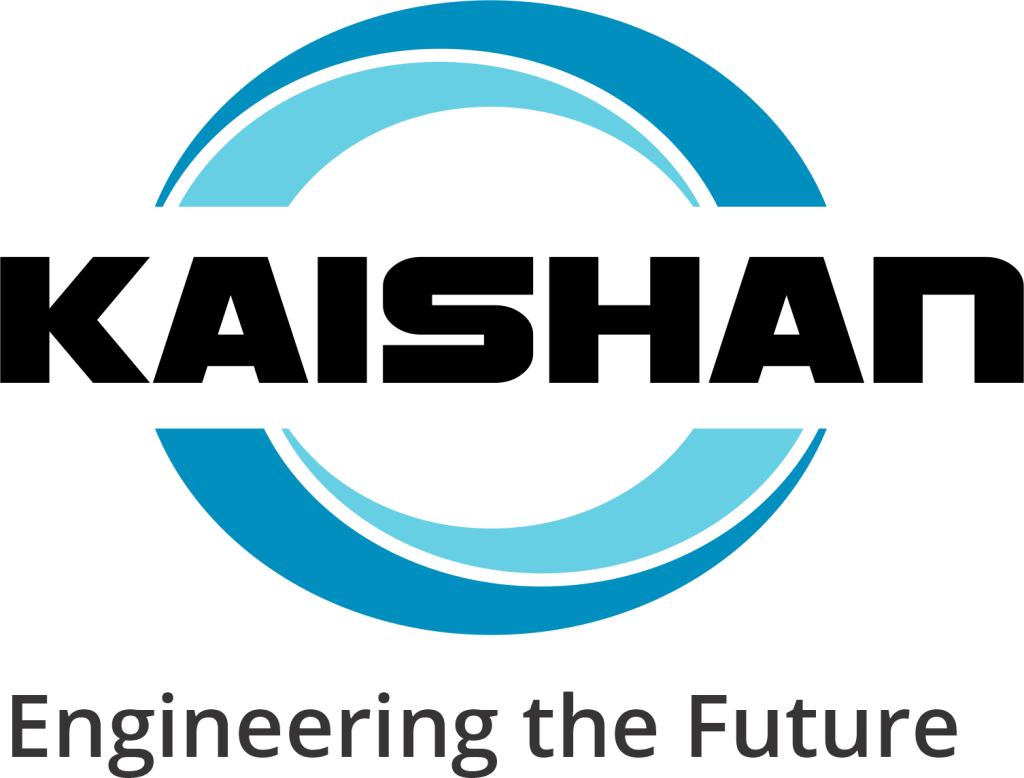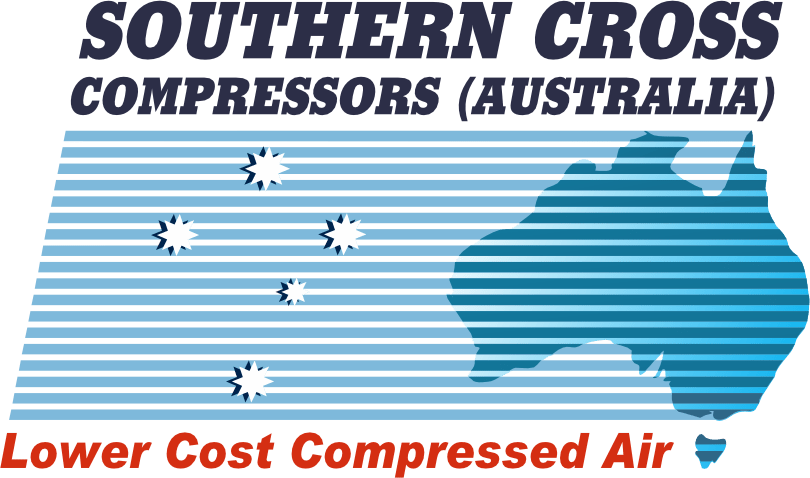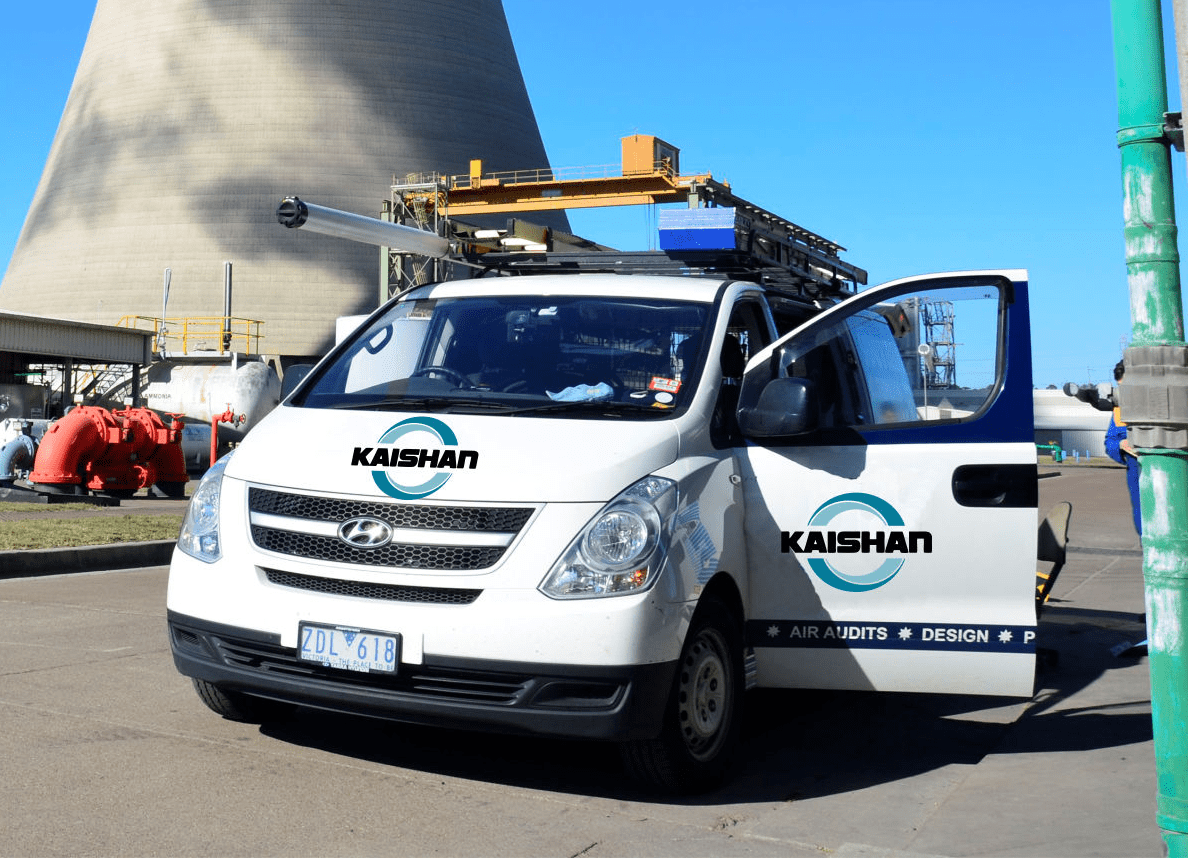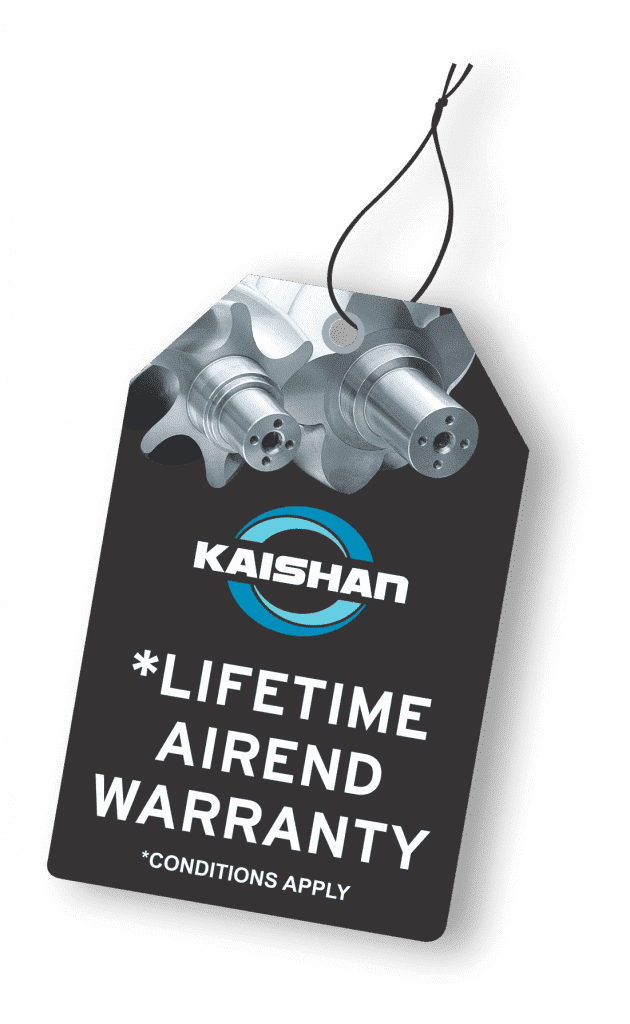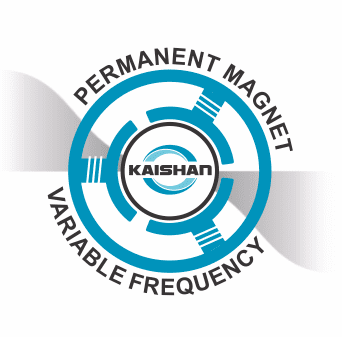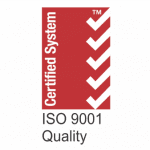It doesn’t matter what type, size, or brand of air compressor you run, keeping it and the entire system in prime condition should be a priority and a vital program for the efficient operation of your business. Don’t wait for a breakdown, because even with the smallest malfunction you will experience unwanted and costly downtime. Inspection, adjustment, consumables replacement and prediction of evolving problems are a far better investment than emergency repairs and part replacements will ever be.
Neglected compressors gather dust, dirt, moisture, and other air born contaminants that impede the running and output efficiency which in turn denigrates the operating efficiency for the application processes. This means whilst you are still paying for the power to run the compressor, your energy efficiency is decreasing and so is your output. Without regular system checks, air leaks can and will also cause pressure drop and underperformance in application.
Air leaks
Air leaks can be a significant source of wasted energy in an industrial compressed air system, sometimes wasting up to 50% of a compressor’s output. A typical plant that has not been well maintained will typically have a leak rate of around 25% of total compressed air production capacity. Proactive leak detection and repair can reduce leaks to less than 10% of compressor output.
The bigger the compressor and in turn the system, the more possible points of leakage,
In addition to being a source of wasted energy, leaks can also contribute to other operating losses. Leaks cause a drop in system pressure, which can make air tools and process machinery function less efficiently, adversely affecting production. In addition, by forcing the equipment to cycle more frequently, leaks shorten the life of almost all system equipment (including the compressor itself). Increased running time can also lead to additional maintenance requirements and increased unscheduled downtime. Finally, leaks can lead to adding unnecessary compressor capacity.
Compressed air leaks are ongoing issues in any part of the system and require an ongoing air leak detection and repair program. While leakage can come from any part of the system, the most common problem areas are:
Couplings, hoses, tubes, and fittings. Tubes and push-to-lock fittings are common problems.
Disconnects. O-rings required to complete the seal may be missing.
Filters, regulators, and lubricators.
Open condensate traps. Improperly operating solenoids and dirty seals are often problem areas.
Pipe joints. Missed welds and worn gaskets are a common problem.
Control and shut-off valves. Worn packing through the stem can cause leaks.
Point of use devices. Old or poorly maintained tools can have internal leaks.
Flanges. Missed welds are a common problem.
Cylinder rod packing. Worn packing materials can cause leaks.
Thread sealants. Low quality, Incorrect and/or improperly applied thread sealants cause leaks.
Leak Detection
Since air leaks are almost impossible to see, other methods must be used to locate them. Trained operators use ultrasonic acoustic detectors to recognize the high frequency hissing sounds to pinpoint leaks throughout the system.
The advantages of ultrasonic leak detection include versatility, speed, ease of use, the ability to perform tests while equipment is running, and the ability to find a wide variety of leaks.
How to Fix Leaks
Fixing leaks can be as simple as tightening a connection or as complex as replacing faulty equipment such as couplings, fittings, pipe sections, hoses, joints, drains, and traps.
As leaks can also be caused by higher than required pressure output from the compressor thereby increasing the pressure on the system components. Reduced air pressure means reduced leakage rates.
Establishing a Leak Prevention Program
A comprehensive compressed air system leak repair program is very important in maintaining the efficiency, reliability, stability, and cost effectiveness of the system. A good leak prevention program will include the following components: identification (including tagging), tracking, repair, verification, and employee involvement. A leak prevention program should be part of an overall program aimed at improving the performance of your compressed air system.
There are specialized compressed air services offering leak detection and repairs. It is advised that compressed air operators investigate and compare the cost of preventative maintenance programs against actual and potential down time and application damage.
Routine maintenance
Regular maintenance of your compressor and compressed air system is vital for application efficiency. operating life and energy consumption
Daily maintenance should include:
Oil and fluid checks and top up or replacement.
Draining of condensate from oil/water separators.
Checking and cleaning filters and air dryers.
Checking and cleaning auto drains.
Checking and cleaning after coolers if applicable
Most industrial air compressors come with a recommended maintenance program, however for total peace of mind, many operators utilize the services of professional compressed air technicians providing custom maintenance programs that ensure the entire system is maintained in peak operating condition.
Kaishan Compressors operate a fleet of highly trained, mobile technicians providing custom maintenance programs. Assigned technicians are totally familiar with client systems and operational requirements, taking the onus off customer personnel and ensuring warrantee conditions are met.
